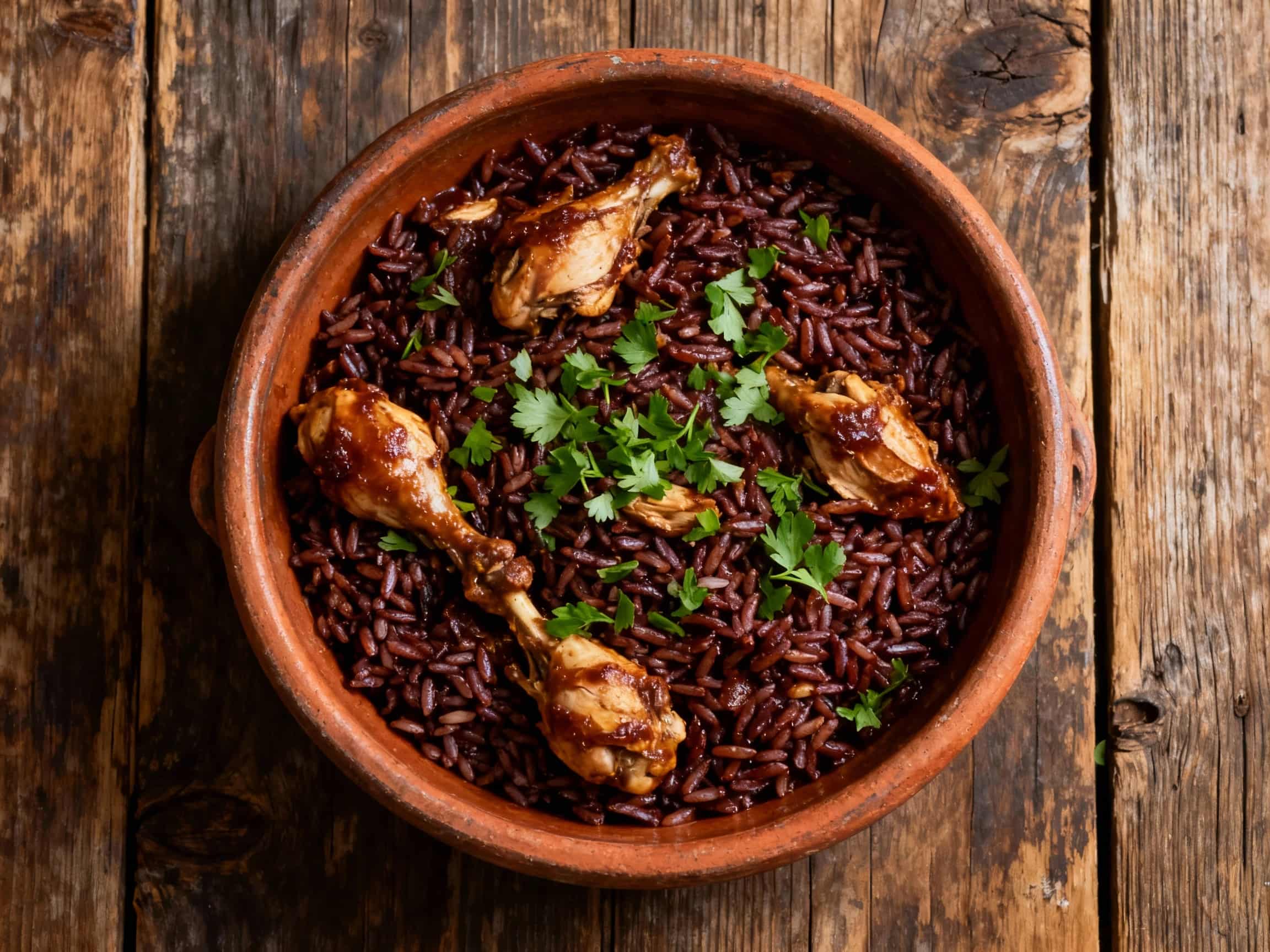
Arroz de Cabidela
Arroz de Cabidela
- Country
- Portugal
- Region
- Minho
- Recipes
- 1 Recipes
Dish information
Arroz de Cabidela, often referred to simply as 'Cabidela', is a deeply traditional and distinct Portuguese rice dish, predominantly associated with the Minho region in the north of Portugal. Its unique characteristic is the use of chicken blood, mixed with vinegar, to create a rich, dark, and intensely flavored sauce in which the rice is cooked, traditionally with pieces of chicken. The vinegar prevents the blood from coagulating into solid lumps, creating a velvety texture. The origins of this dish are ancient, deeply entwined with Portuguese culinary history, and its preparation reflects a historical practice of utilizing every part of the animal. Historically, blood was a common ingredient in various cuisines worldwide, valued for its nutritional content and ability to add depth of flavor. In Portugal, it evolved into Cabidela, possibly originating from the need for resourceful, hearty peasant cooking. The name 'Cabidela' itself is thought to derive from 'cabede', meaning 'head', possibly referring to an older way of preparing the dish or to the 'morcela' (blood sausage) that might have been historically associated. Over centuries, it has become a symbol of northern Portuguese culinary identity, often served during festive occasions or as a comforting family meal. While its distinctiveness can be polarizing for some, for aficionados, it represents the pinnacle of rustic Portuguese flavor and tradition.
Timeline
The practice of using animal blood in cooking was common, likely forming the basis for dishes like Cabidela.
Arroz de Cabidela solidified its place as a traditional dish in the Minho region of Portugal.
The dish became a staple in Portuguese homes and restaurants, particularly in the north, celebrated for its rustic flavors.
Arroz de Cabidela gained wider recognition within Portugal as a distinct regional specialty.
